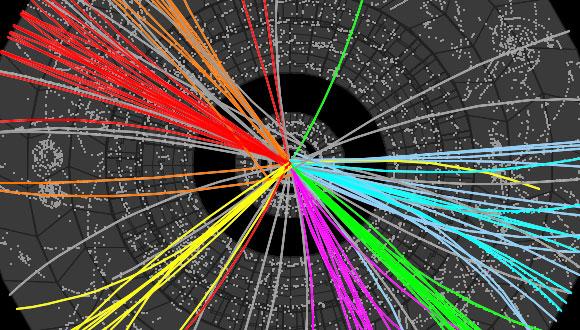סמינר בחלקיקים: The NEXT big thing in neutrinoless double beta decay searches
Dr. Lior Arazi, Ben-Gurion University
Abstract:
The search for neutrinoless double beta ( ) decay is one of the central efforts in particle physics today. A detection of this ultra-rare phenomenon will prove that the neutrino is its own antiparticle and demonstrate, for the first time, the non-conservation of the total lepton number. It will further provide a clue for the origin and smallness of the neutrino mass, as well for the dominance of matter over antimatter in the Universe. Four collaborations in Europe and the US are preparing to search for neutrinoless double beta decays with tonne-scale detectors in the next decade: LEGEND, nEXO, CUPID and NEXT, with an overall budget of about USD 1B. In this talk I will focus on the NEXT program, of which BGU is a leading member, which searches for decay in 136Xe, using successive generations of high-pressure gaseous xenon time projection chambers. Beyond superb energy resolution – a must for any successful experiment – NEXT has the unique ability to record, in fine detail, the 3D images of events occurring inside the detector. This allows discriminating between two-electron signal events and single-electron background events based on the event topology. Lastly, the collaboration pursues an extensive R&D program to develop the capability of detecting the 136Ba daughter resulting in 136Xe double beta decays inside a running TPC using specially engineered fluorescent molecules. This effort can lead to a background-free search for decay on the tonne-scale, with half-life sensitivities of >1028 y. This talk will present the status of the NEXT program, focusing on recent developments in topological analysis and barium tagging, and outline the future steps of the experiment.
מארגני הסמינר: ד"ר מיכאל גלר וד"ר עדי אשכנזי


